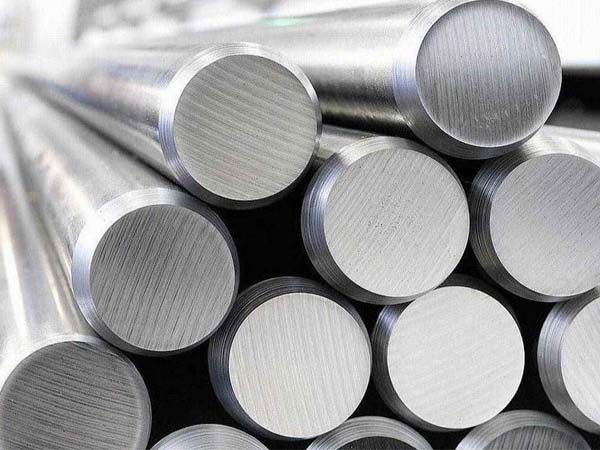
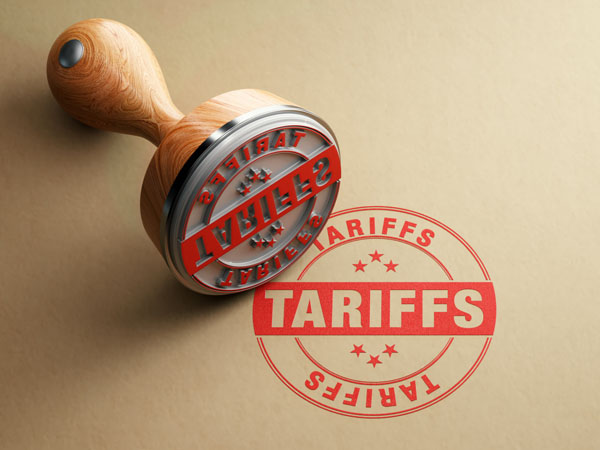
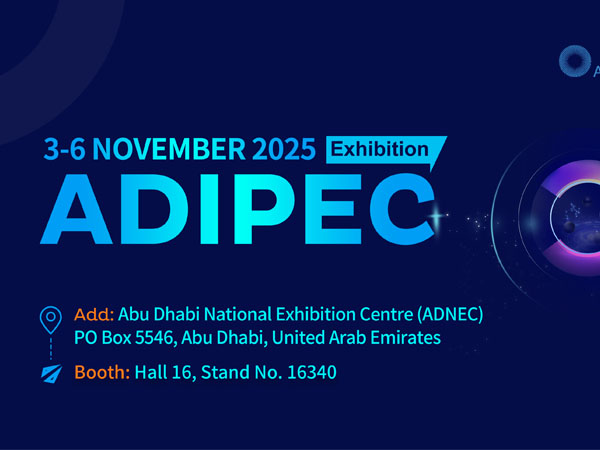
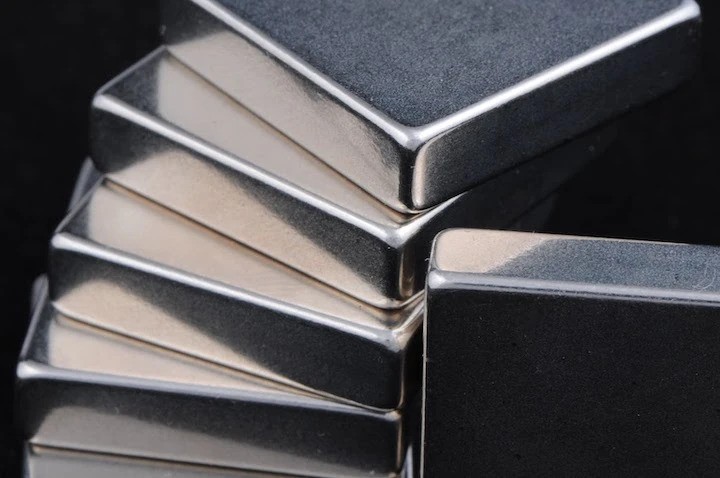
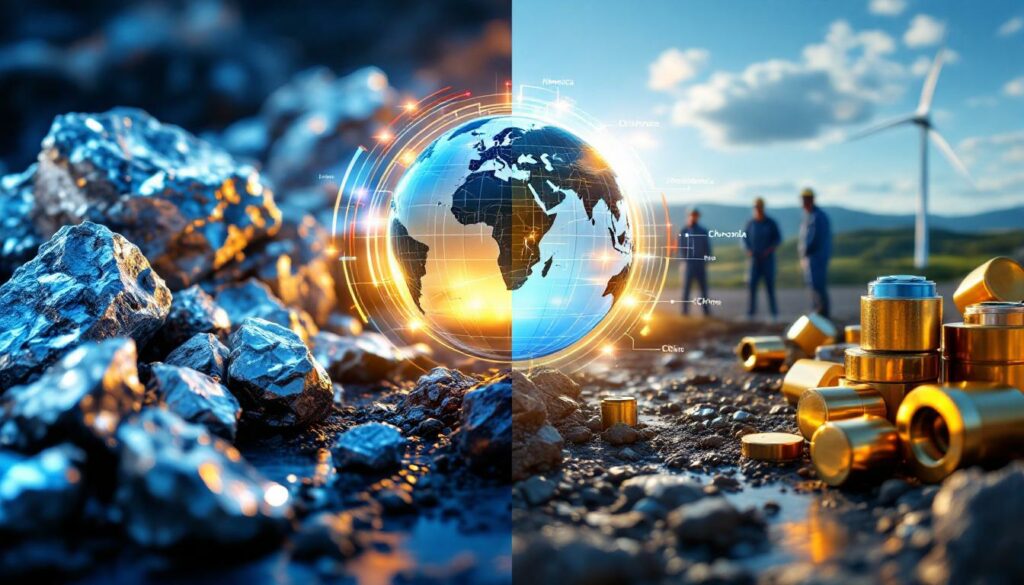

Phone
+86-731-82250427
Address
25th floor, C3 Building, Wanda Plaza, Kaifu District, Changsha, Hunan Province, China.
 Mar 25 2025
Mar 25 2025Indonesia’s aggressive push to nationalize its nickel resources has sent shockwaves through the global supply chain for Monel 400, a corrosion-resistant alloy vital to industries ranging from offshore oil drilling to hydrogen energy. As the world’s largest nickel producer, Indonesia now requires foreign mining companies to refine raw ore domestically and transfer majority ownership to local entities within a decade—a policy designed to cement its dominance in high-value nickel processing. These measures, framed as a bid to boost domestic industrialization, have upended traditional supply networks that once shipped Indonesian nickel ore to Chinese refineries before distributing semi-finished products to Western alloy manufacturers. By 2025, over a third of the world’s refined nickel originates from Indonesian industrial parks like Morowali, compared to just 5% five years earlier, forcing Monel 400 producers into a costly reckoning with centralized production hubs and geopolitical dependencies.
The ripple effects of this consolidation are starkly visible in soaring material costs and logistical bottlenecks. Nickel prices on the London Metal Exchange have more than doubled since 2020, pushing Monel 400 tube prices beyond $15,000 per ton—a threshold that threatens profitability for chemical plants and offshore rig operators reliant on the alloy’s resistance to seawater and extreme temperatures. Compounding these pressures, shipping refined nickel from Indonesia to U.S. or European fabrication facilities now takes 50% longer than previous routes through China, inflating inventory costs by nearly a fifth. Meanwhile, attempts to bypass Indonesia’s grip face steep barriers: China’s Tsingshan Group, for instance, has secured a quarter of the country’s high-grade nickel output through joint ventures with state firms, while Western competitors grapple with intellectual property risks in similar partnerships. Even technological alternatives like 3D-printed Monel components offer limited relief, as they depend on specialized powders predominantly produced within Indonesia’s tightening export framework.
Amid this turmoil, industries dependent on Monel 400 are confronting existential trade-offs. Substituting the alloy with titanium or advanced stainless steels may curb costs, but field data reveal compromises: titanium pipelines in Middle East desalination plants, for example, exhibit higher failure rates under high-chloride conditions compared to Monel’s proven durability. Similarly, coated carbon steel—touted as a budget alternative—has struggled to replicate Monel’s performance in hydrogen sulfide-rich oil wells, where cracks and leaks carry catastrophic risks. These limitations underscore why sectors like nuclear energy and deep-sea mining continue to absorb price hikes, prioritizing safety over short-term savings. Yet the financial strain is undeniable. Offshore drilling contractors report alloy-related expenses consuming 30% of project budgets, up from 18% in 2020, prompting some to delay expansions in the North Sea and Gulf of Mexico until supply chains stabilize.
Responding to these challenges, manufacturers and governments are pursuing parallel strategies to mitigate dependency. Major producers like Haynes International now co-invest with Indonesian state miner PT Aneka Tambang, blending local refining capacity with Western metallurgical expertise to streamline production. While such ventures risk technology leakage, they offer a pragmatic path to securing nickel allocations in an increasingly protectionist market. Simultaneously, the European Union has prioritized circular economy solutions, funding projects to recover nickel from decommissioned Monel heat exchangers and reactor vessels. Early successes in Sweden’s “Hydra” program demonstrate recycled alloys achieving 95% purity—a promising leap, though current recycling meets barely 12% of global demand. On the policy front, the WTO’s ongoing arbitration of EU complaints against Indonesia highlights the tension between resource nationalism and free trade principles, yet few expect a rollback of Jakarta’s policies given the global scramble for green transition metals.
Looking ahead, Indonesia’s nickel strategy may inadvertently align with long-term sustainability goals, despite its near-term disruptions. N04400’s irreplaceability in next-gen hydrogen pipelines and carbon capture systems positions it as a linchpin of decarbonization infrastructure—a role that could justify its premium pricing if clean energy investments accelerate as projected. Moreover, Indonesia’s own ambitions to supply 30% of the world’s green hydrogen alloys by 2030 suggest a future where localized supply chains serve both national interests and global climate agendas. For now, however, the alloy industry remains locked in a high-stakes balancing act: navigating Indonesia’s resource hegemony while innovating to outpace material science’s relentless evolution. Those who master this duality—harnessing geopolitical realities without sacrificing technological agility—will likely define the next era of industrial progress.
